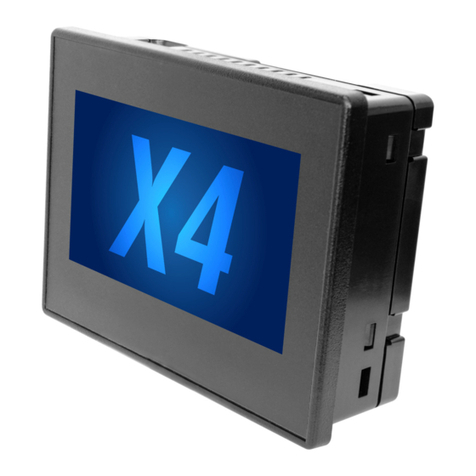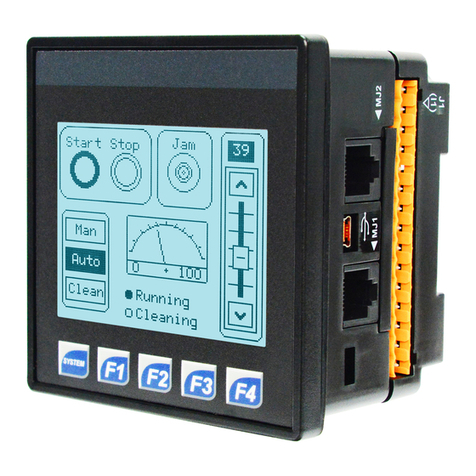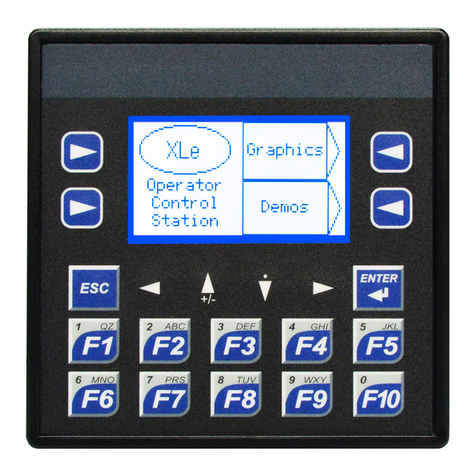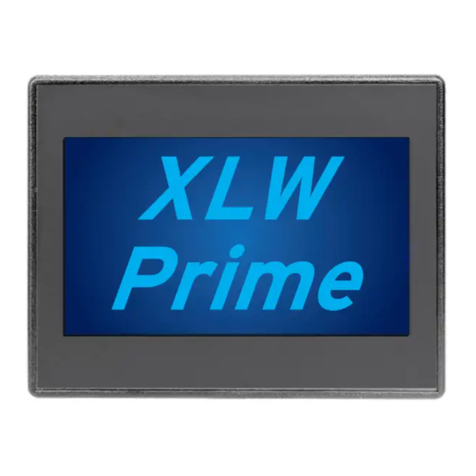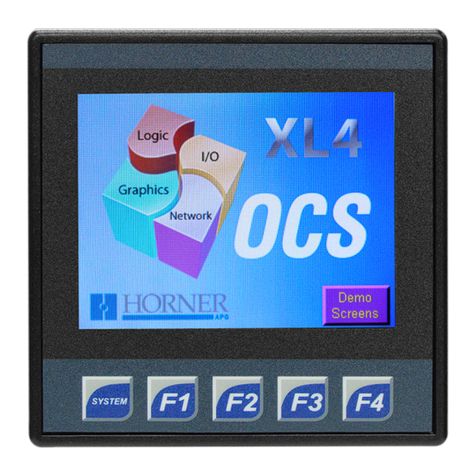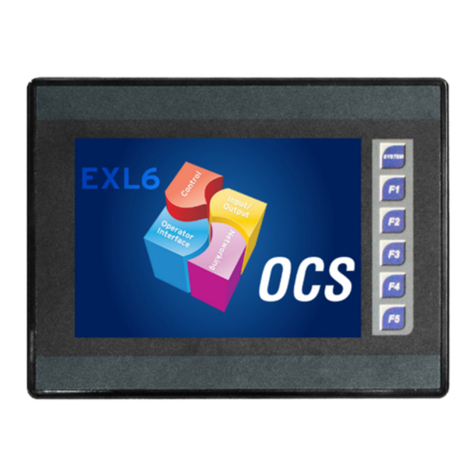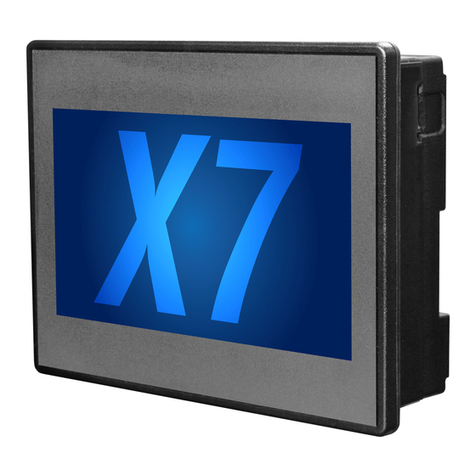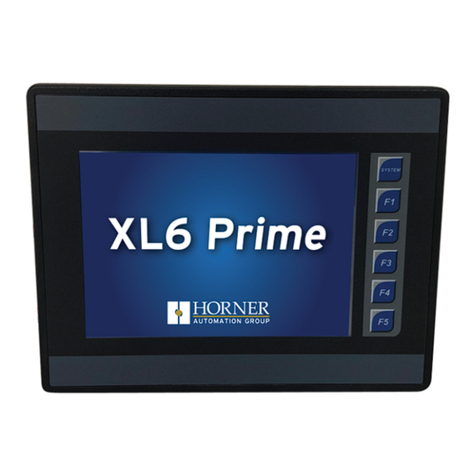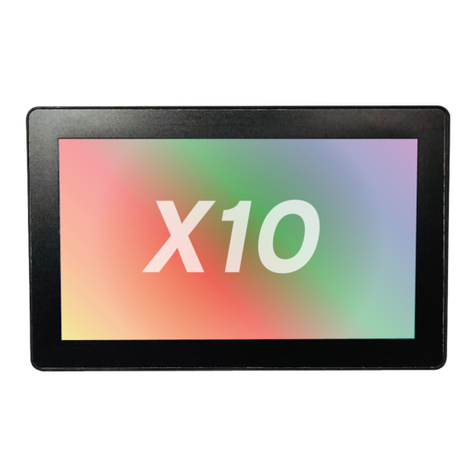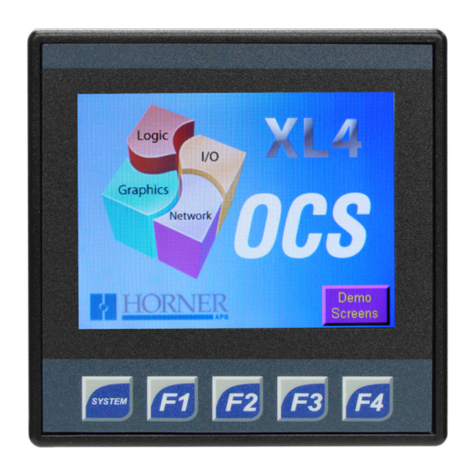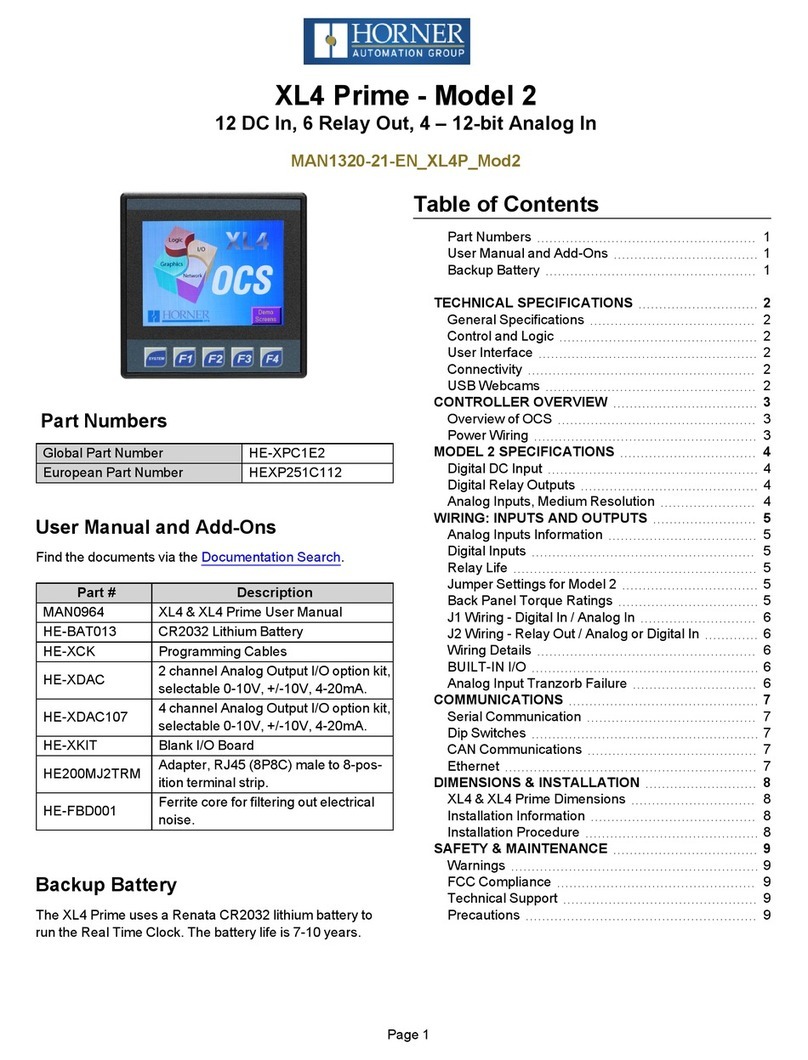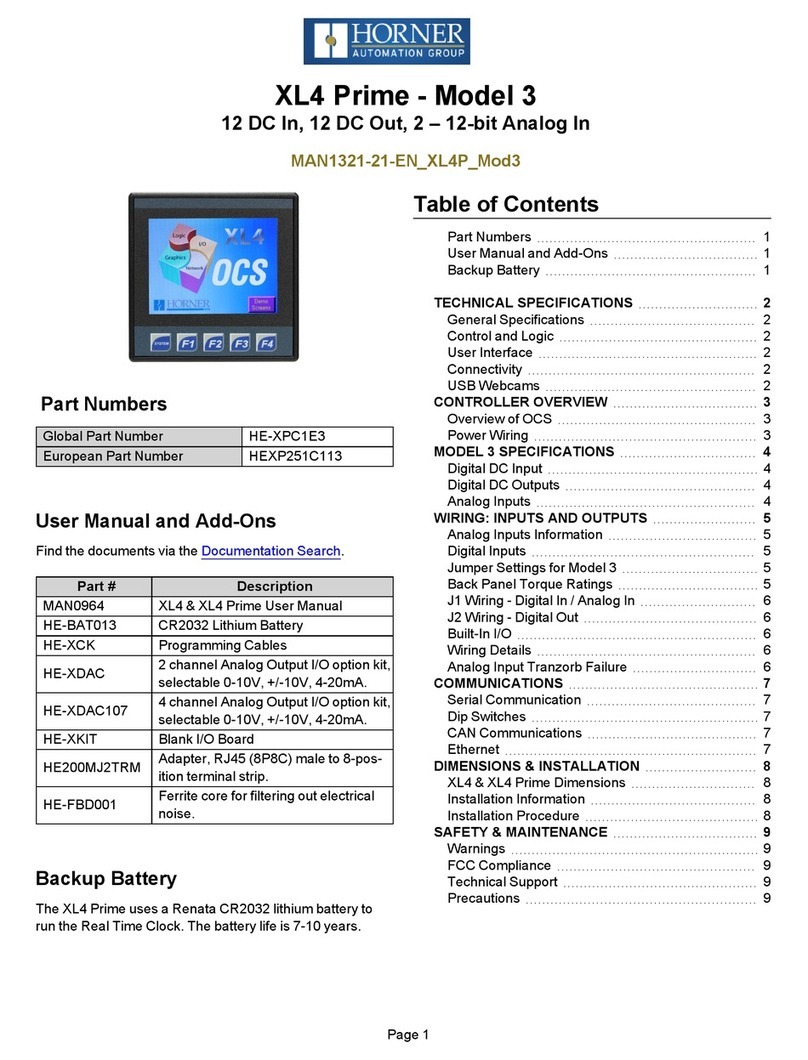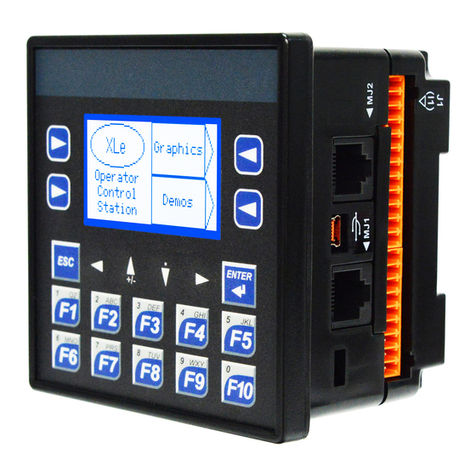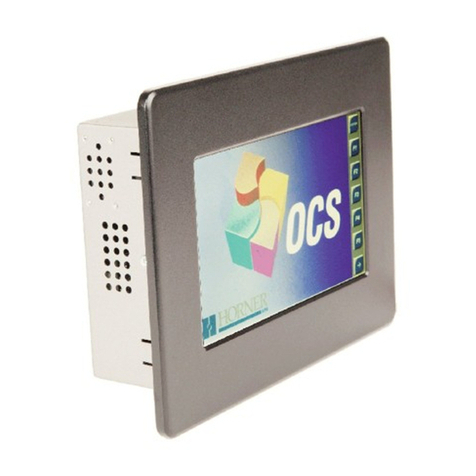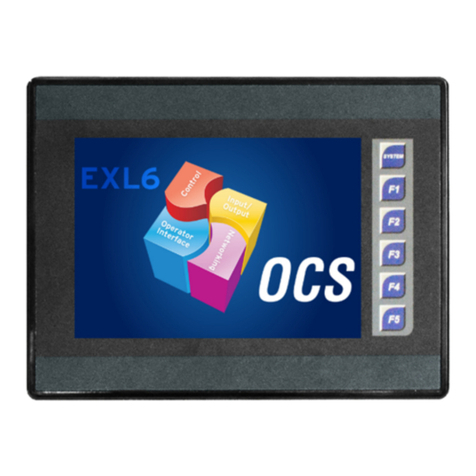MAN0878-09-EN_XLE_XLT_UserManual
A u g u s t 2 3 , 2 0 1 8 P a g e 6 | 158
CHAPTER 6: CAN COMMUNICATIONS......................................................................................................29
6.1 Overview ...................................................................................................................................29
6.2 Port Description........................................................................................................................29
6.3 Wiring........................................................................................................................................30
6.4 Cscape Programming via CAN .................................................................................................30
6.5 Ladder-Controlled CAN Communication ..................................................................................31
6.6 Using CAN for I/O Expansion (Network I/O) ............................................................................31
CHAPTER 7: DOWNLOADABLE COMMUNICATION PROTCOLS................................................................32
7.1 Overview ...................................................................................................................................32
7.2 Protocol Config.........................................................................................................................34
7.3 Network Configuration .............................................................................................................35
7.4 Device List and Device Configuration ......................................................................................37
7.5 Scan List ...................................................................................................................................38
7.6 Data Mapping Configuration (Scan List Entry).................................................................................39
CHAPTER 8: ETHERNET COMMUNICATION..............................................................................................41
8.1 Ethernet Module Protocols and Features ................................................................................41
8.2 Ethernet System Requirements ...............................................................................................41
8.3 Ethernet Module Specifications ...............................................................................................41
8.4 Ethernet Module Configuration................................................................................................42
8.5 Ethernet Configuration –IP Parameters..................................................................................46
8.6 Ethernet Module Protocol Configuration .................................................................................47
CHAPTER 9 SYSTEM SETTINGS AND ADJUSTMENTS ............................................................................48
9.1 System Menu - Overview ..........................................................................................................48
9.2 System Menu –Navigation and Editing ....................................................................................48
XLE System Menu...............................................................................................................................49
XLT System Menu ...............................................................................................................................50
9.3 System Menu –Details..............................................................................................................51
CHAPTER 10: REMOVABLE MEDIA ....................................................................................................64
10.1 Overview ...................................................................................................................................64
10.2 microSD Cards ..........................................................................................................................64
10.3 micro SD File System................................................................................................................65
10.4 Using the Removable Media Manager ......................................................................................65
10.5 Using Removable Media to Log Data .......................................................................................65
10.6 Using Removable Media to Load and Save Applications .........................................................66
10.7 Using Removable Media to View and Capture Screens ...........................................................66
10.8 Removable Media (RM) Function Blocks in Cscape..................................................................67
10.9 Removable Media (RM) Features—Program Features..............................................................67
10.10 Removable Media (RM) Features—Graphic/Screen Editor .......................................................68
10.11 Removable Media (RM) Features—Additional Configuration ...................................................68
10.12 Filenames used with the Removable Media (RM) Function Blocks ..........................................69
10.13 System Registers used with RM ...............................................................................................70
CHAPTER 11: GENERAL I/O ...................................................................................................................71
11.1 Overview ...................................................................................................................................71
11.2 Removing the XLE/XLT Back Cover.........................................................................................71
11.3 Model I/O Overview ..................................................................................................................72
11.4 Solid-State Digital Outputs .......................................................................................................73
11.5 Relay Outputs ...........................................................................................................................74
11.6 Digital Inputs.............................................................................................................................75
11.7 Analog Inputs............................................................................................................................76
11.7.1 Thermistor Option for Special Orders ..................................................................................76
11.7.2 Common Cause of Analog Input Tranzorb Failure, Models 2, 3, 4, & 5................................76
11.8 Universal Analog Inputs............................................................................................................77
